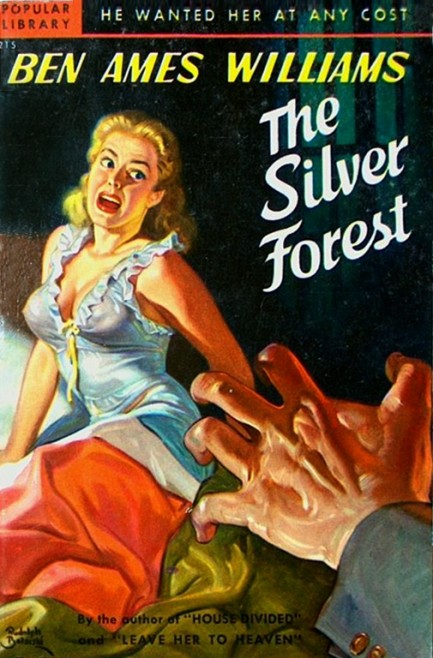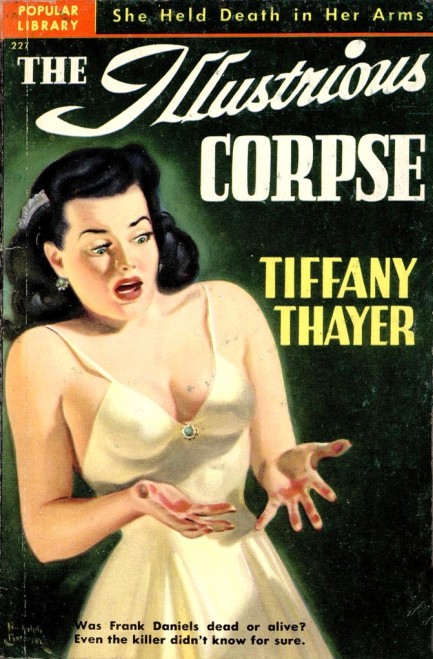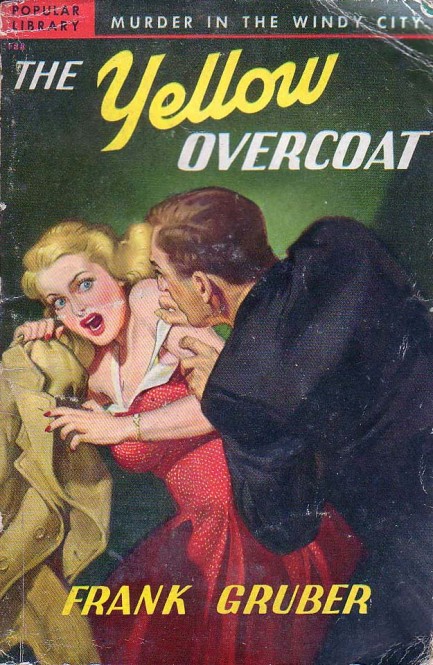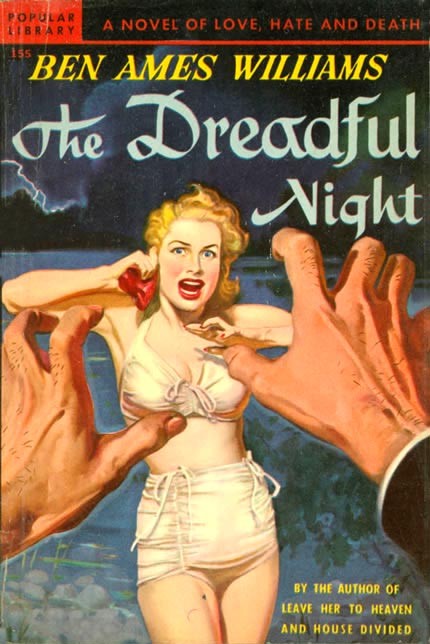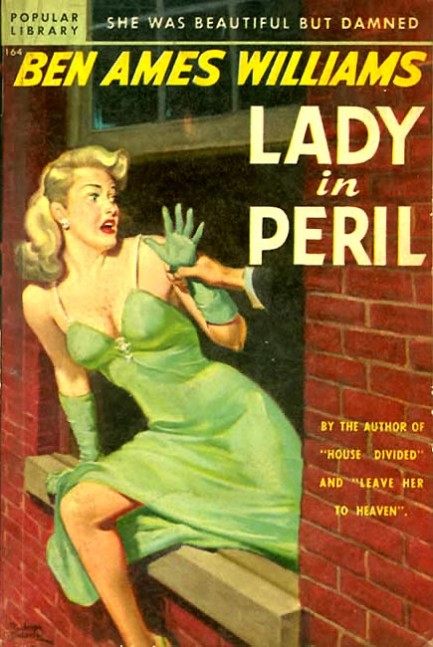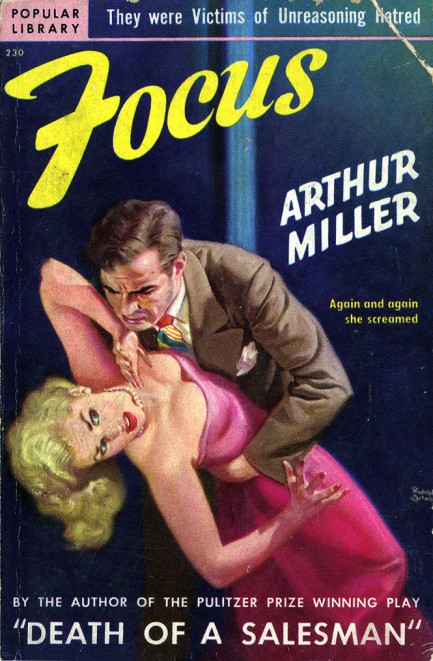| Hollywoodland | May 17 2017 |

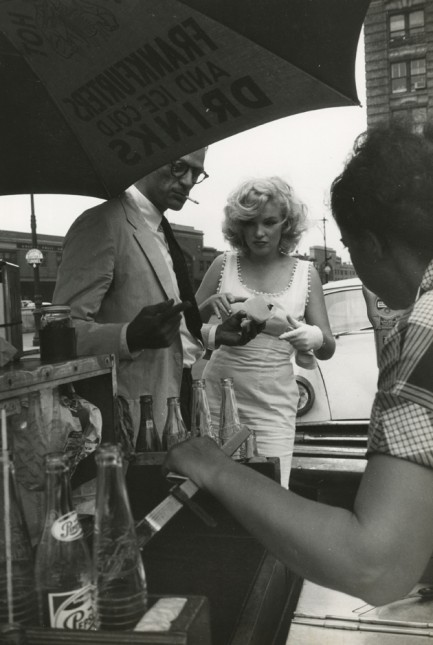
Playwright Arthur Miller buys Marilyn Monroe a hot dog during a warm day in New York City. The shot was made for Look magazine for a feature purporting to show how normal Miller and Monroe's married life was—even though there's nothing normal about living in a Sutton Place penthouse. But if photos are illusions, the spell woven by this one is effective. Other photos were made, in a session that took place along 5th Avenue from the Plaza Hotel to the Queensborough Bridge and to various NYC landmarks in between, and the truth of being celebrity superstars is only revealed when the photographer finally shoots the crowd Monroe and Miller drew, seen below in the next-to-last panel. These were made in 1957.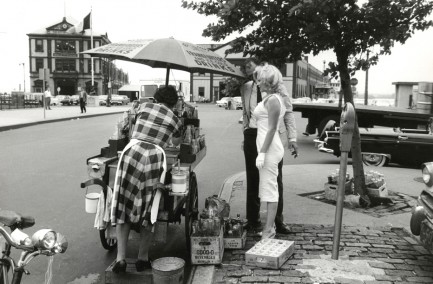
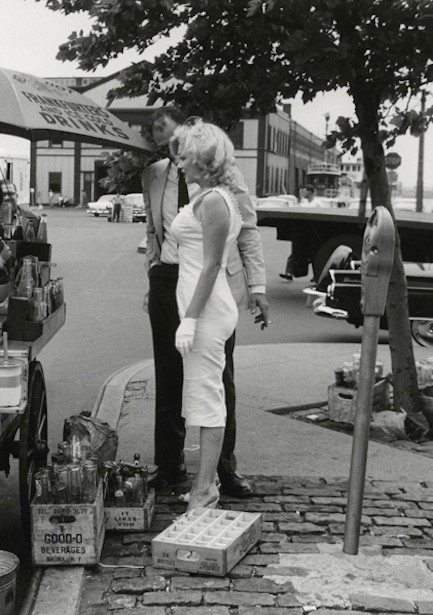
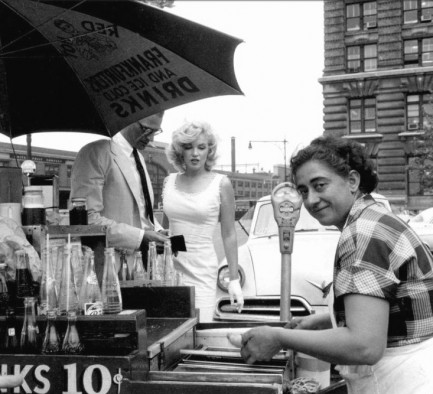
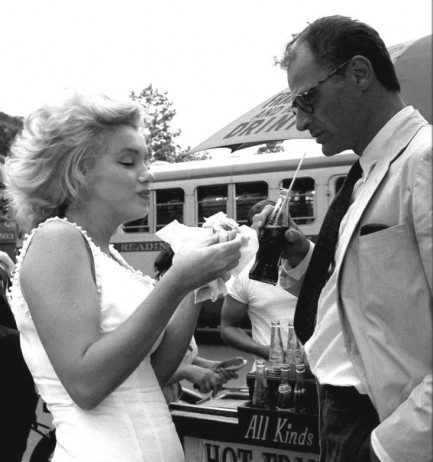


| Vintage Pulp | Sep 11 2016 |

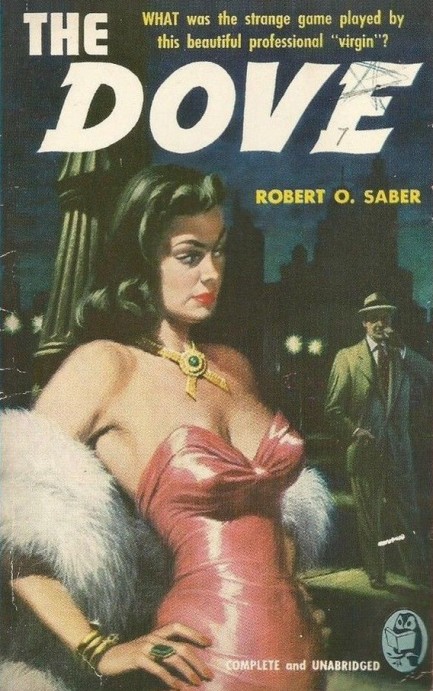

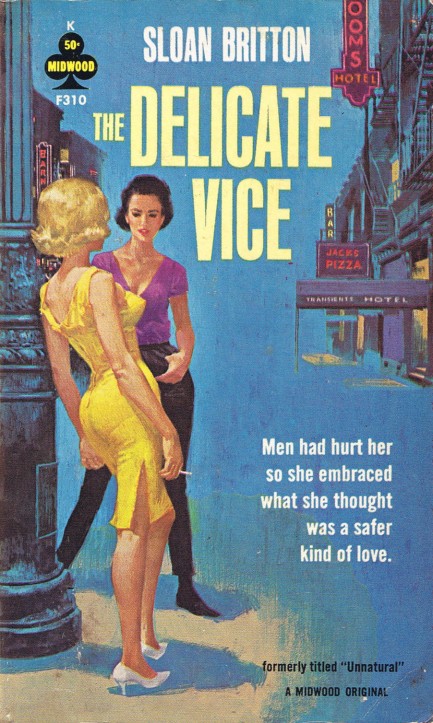
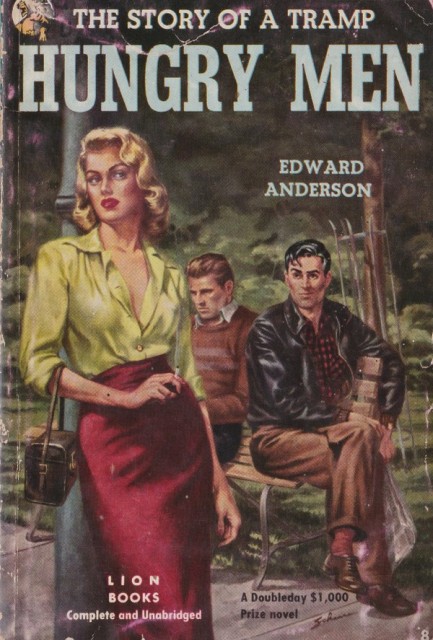
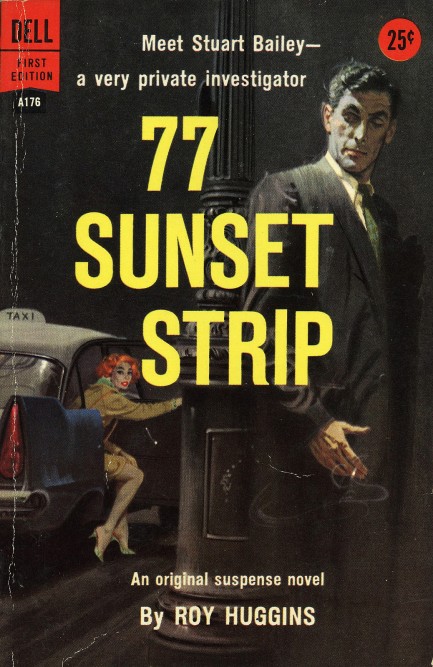
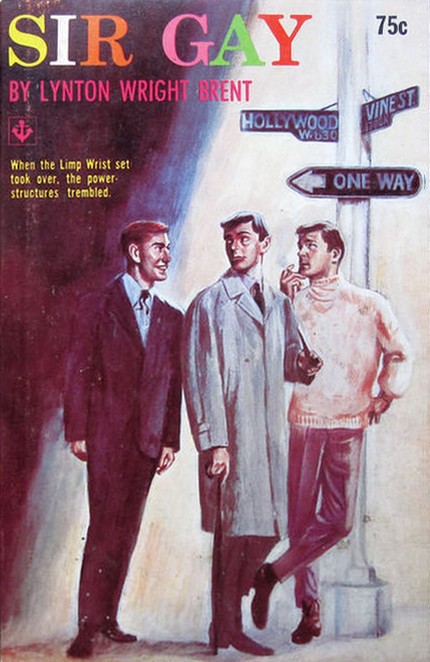
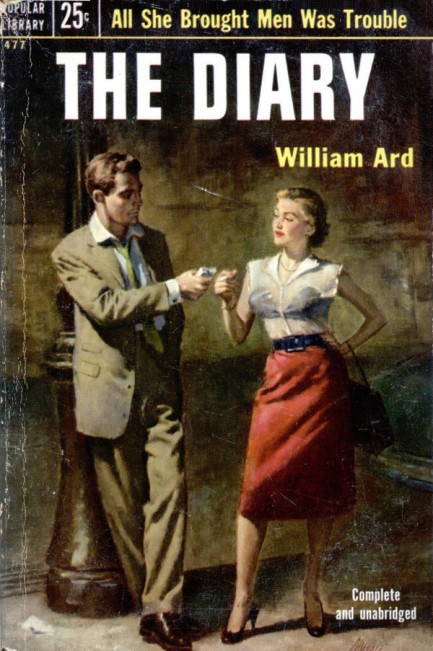
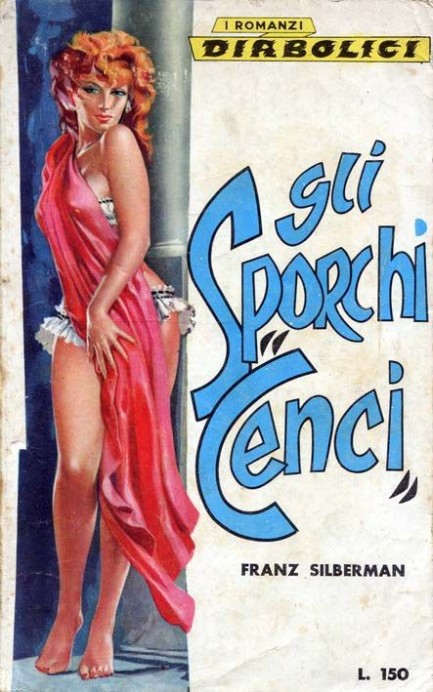
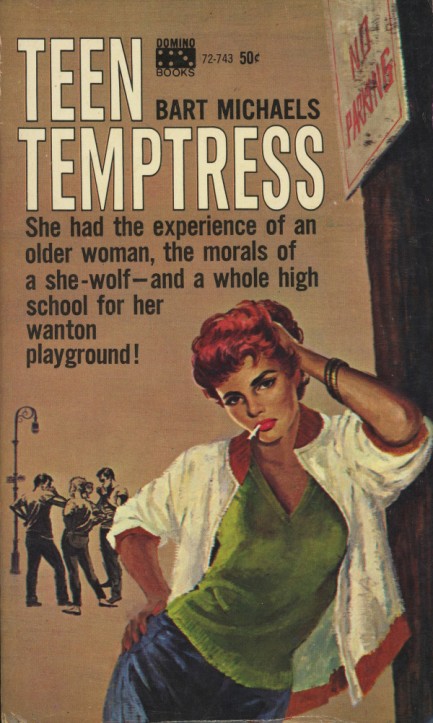
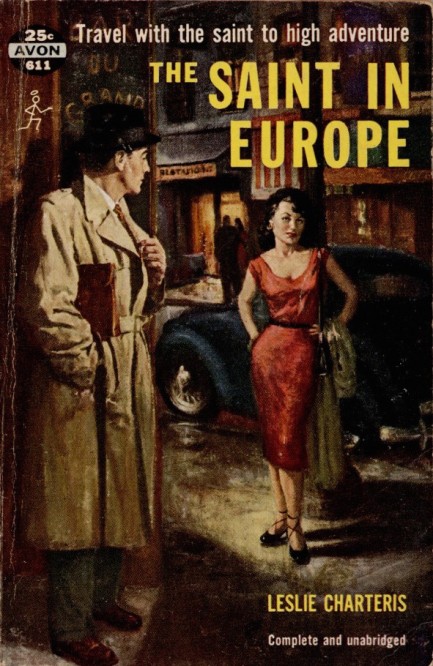
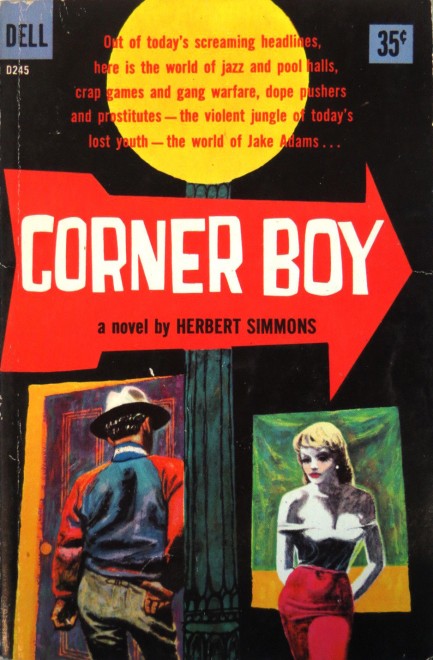
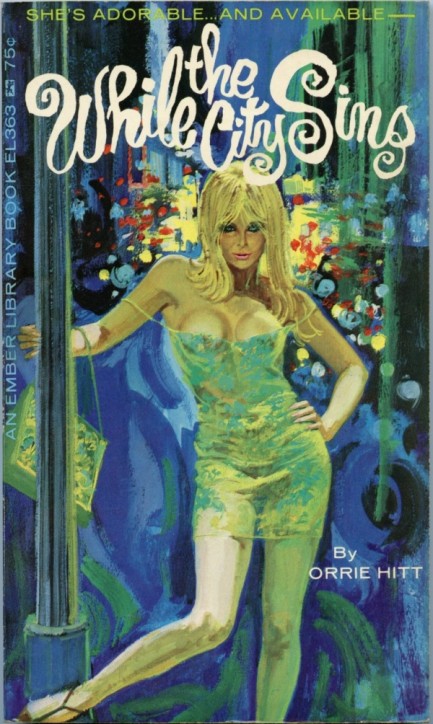
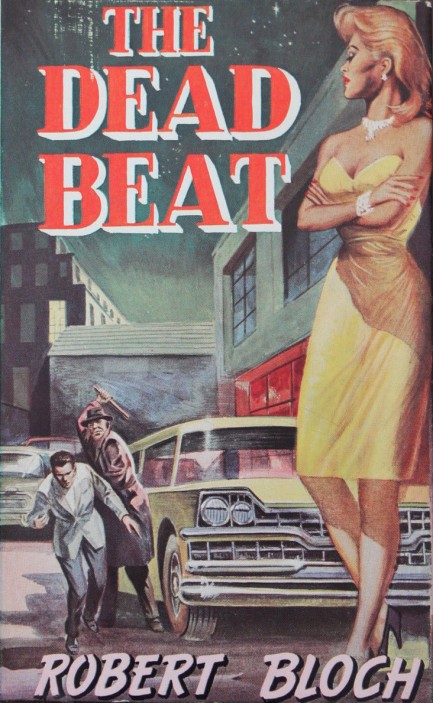
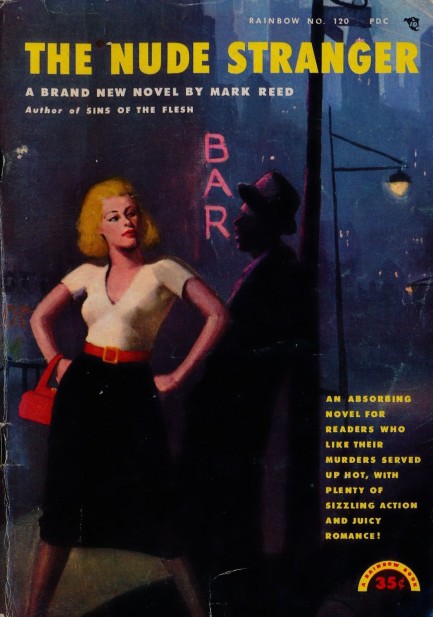
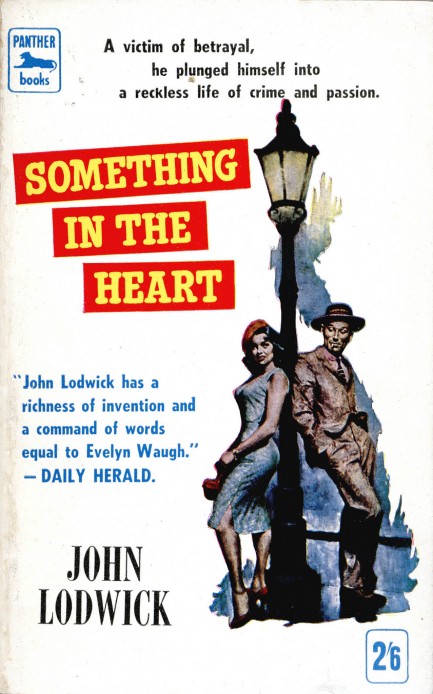
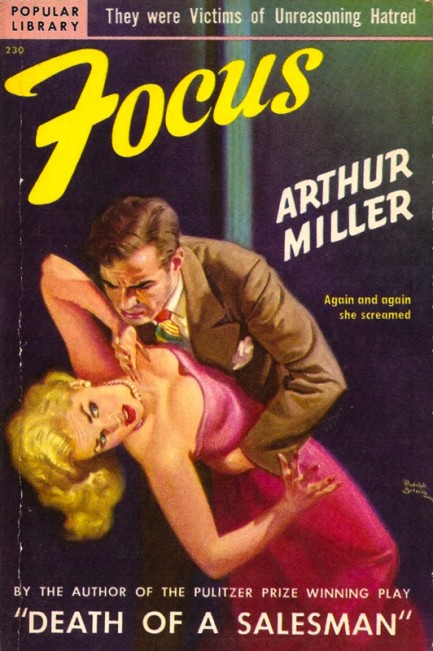
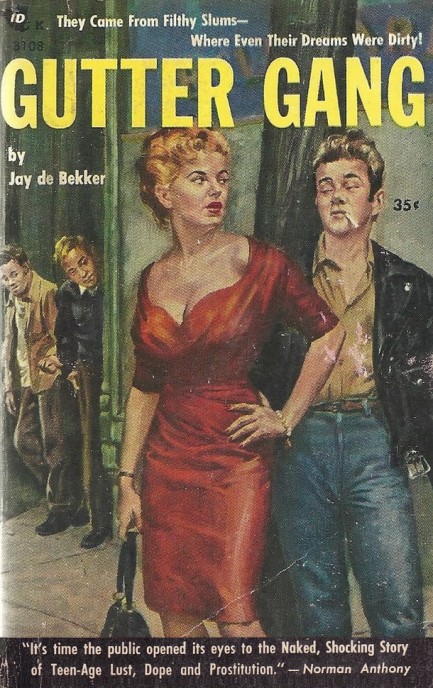
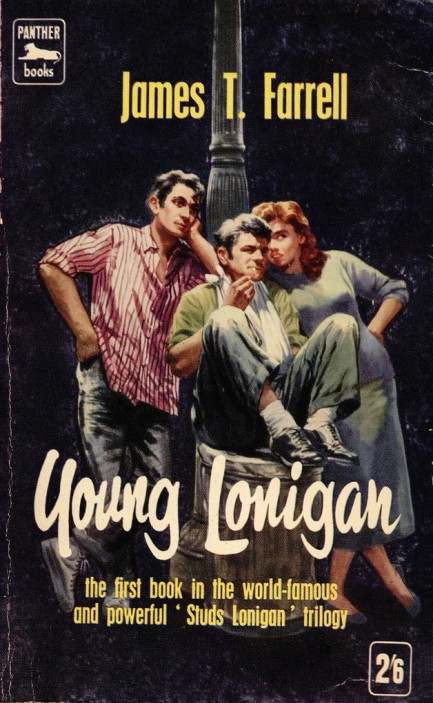
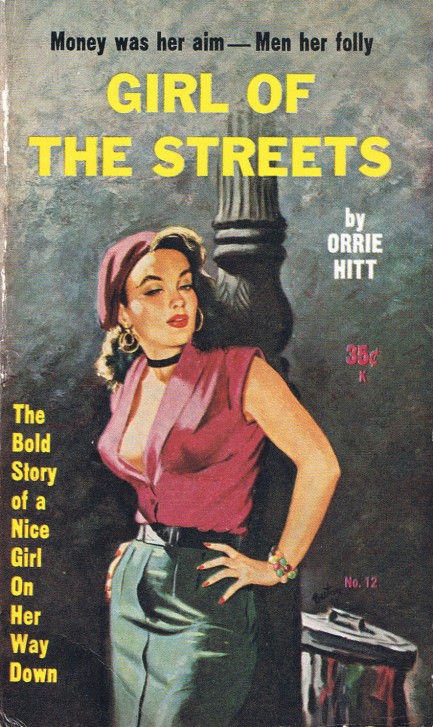
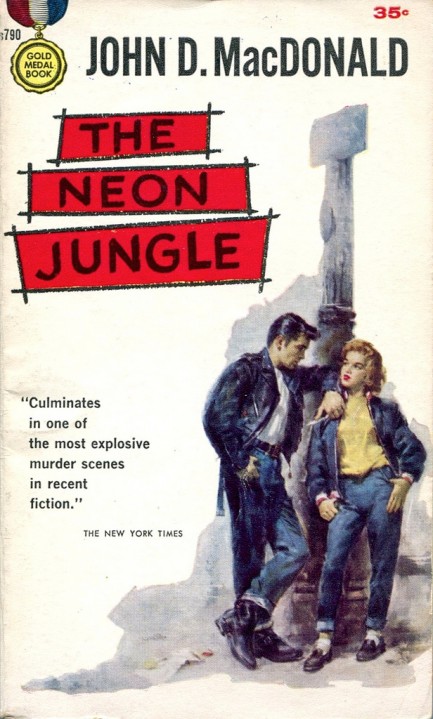
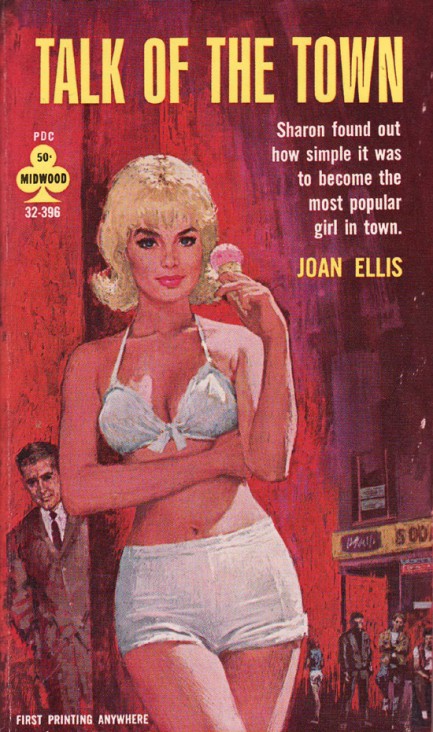
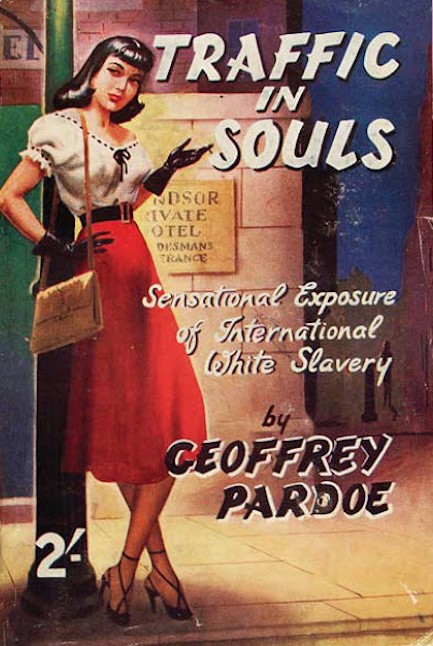
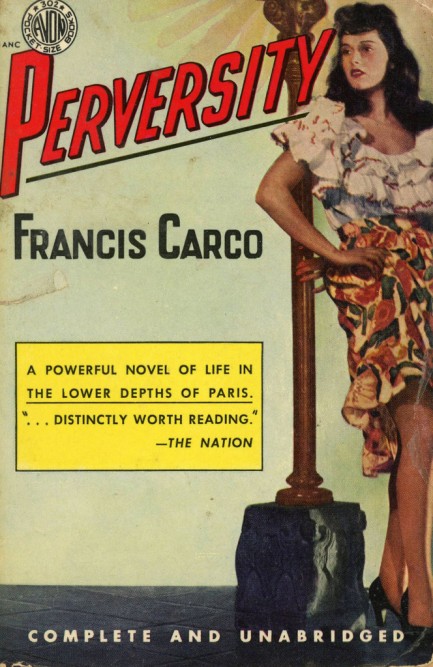
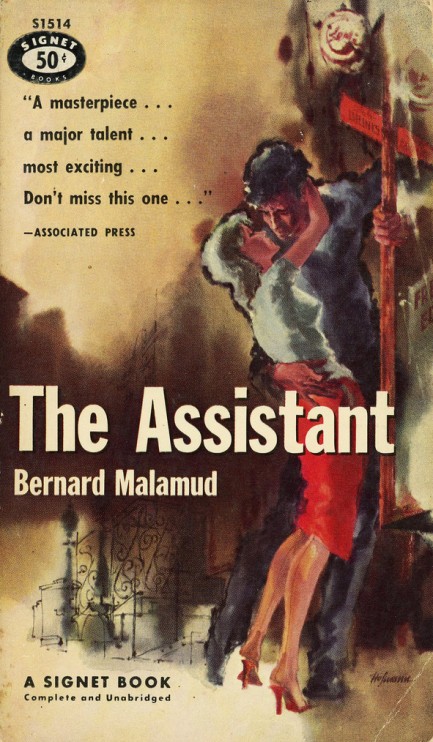
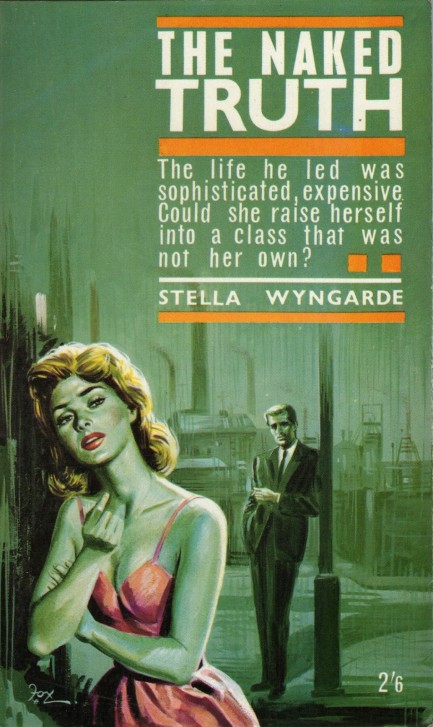

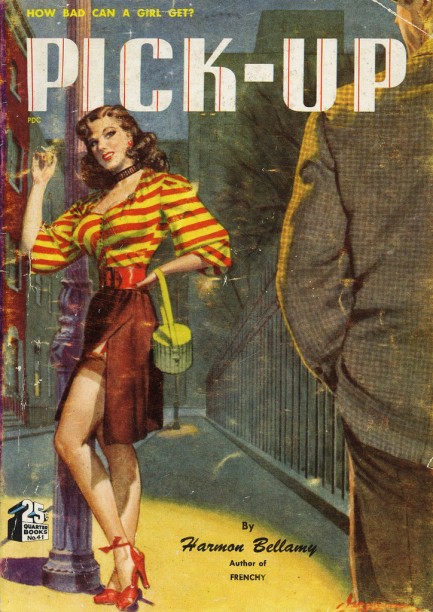
| Vintage Pulp | Jun 28 2016 |

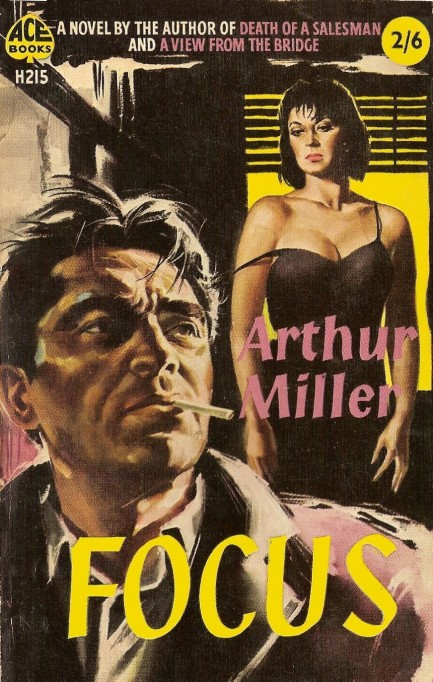
Focus was Arthur Miller's first novel, written in 1945, with this Ace Books edition appearing in 1960. If you haven't read it, basically it tells the story of a man who buys a new pair of glasses that alter his appearance to the extent that he is constantly mistaken for being Jewish. From harboring the same prejudices as others, he is suddenly cast as an enemy, as the hatreds around him are revealed. It's a very good, very earnest book. We've actually shared this, though, because the cover was painted by the Italian artist Sandro Symeoni, and it's the first time we've found his work on a paperback. It was originally used on his poster for the 1957 Michelangelo Antonioni film Il Grido, and appears here slightly cropped but pretty much identical in all other respects. It's a very nice piece.
| Hollywoodland | Aug 18 2015 |

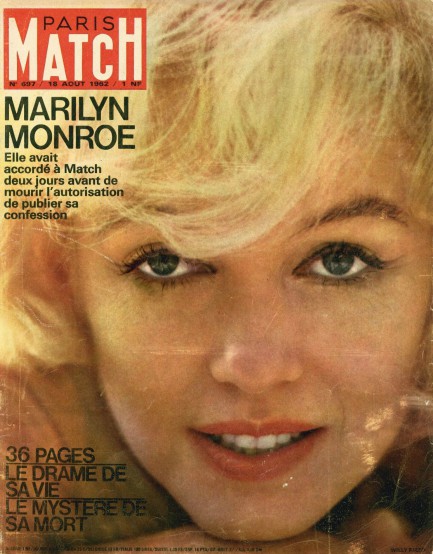
Marilyn Monroe was perhaps the most photographed celebrity of her era, so when she died it was only natural that scores of magazines released tribute issues. One of the most comprehensive was published by Paris Match today in 1962, just shy of two weeks after Monroe’s death, and it featured a thirty-six page retrospective of her life and career. Above you see the cover of that issue, and below you’ll find all of the accompanying photographs, including several that have been less widely seen, such as those near the bottom showing her making faces while doing acting exercises. We have scans from another Monroe tribute issue made just after her death—this one by Italy’s Epoca—and you can see those here.

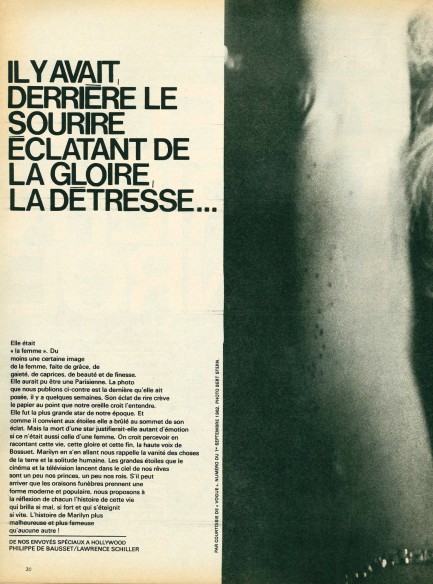
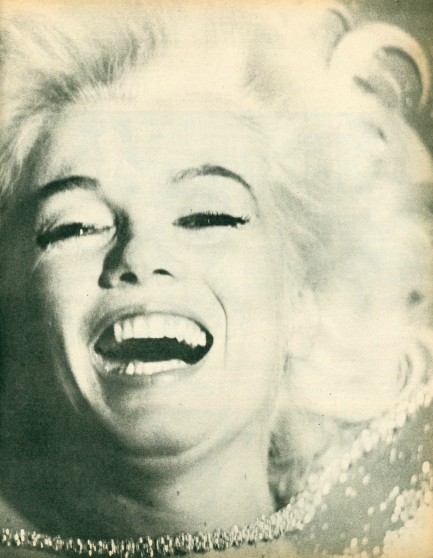
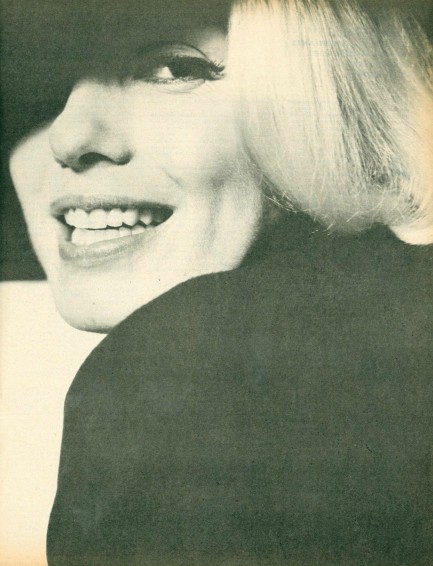
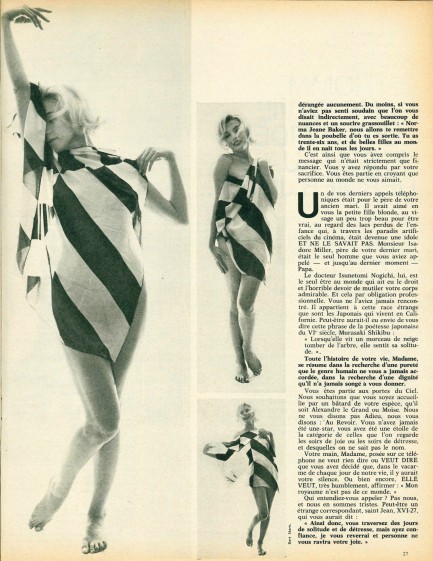
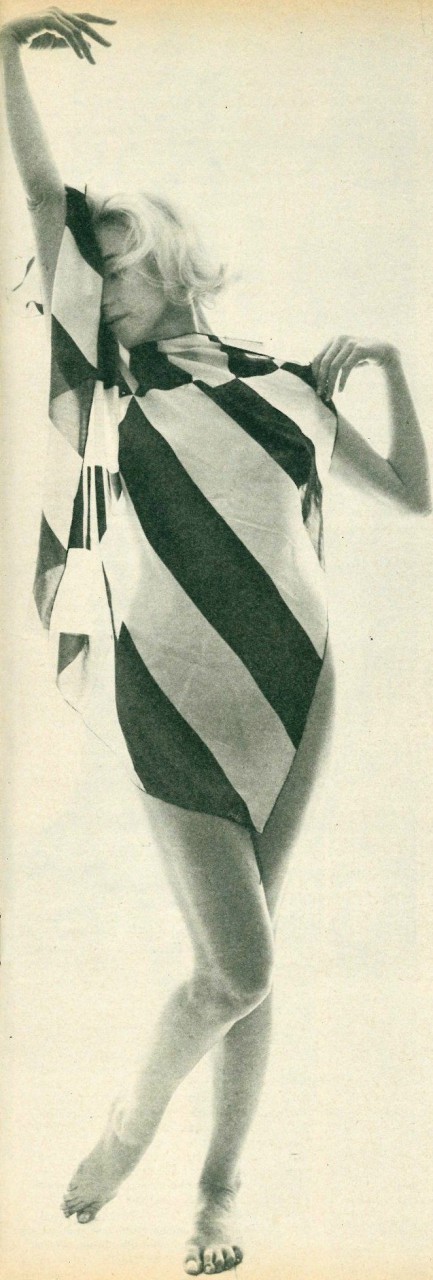
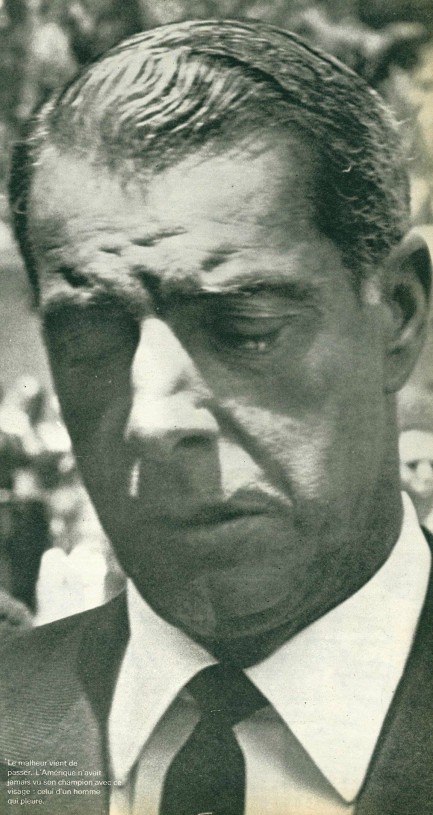
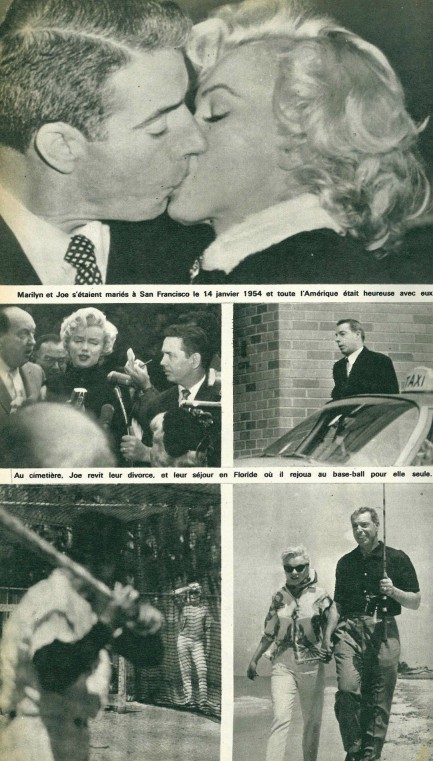

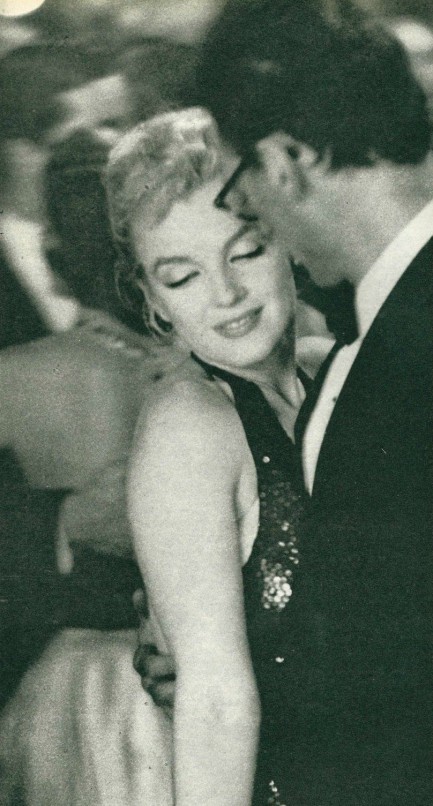
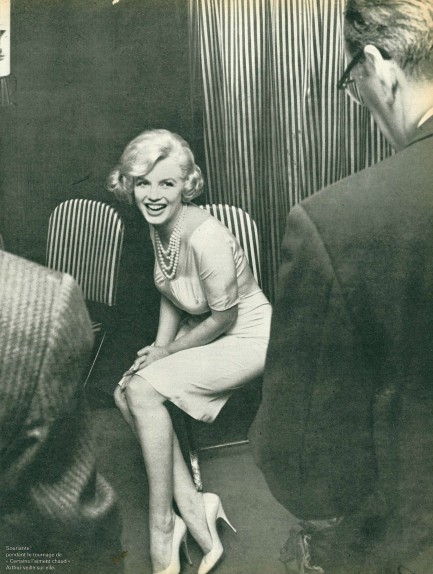
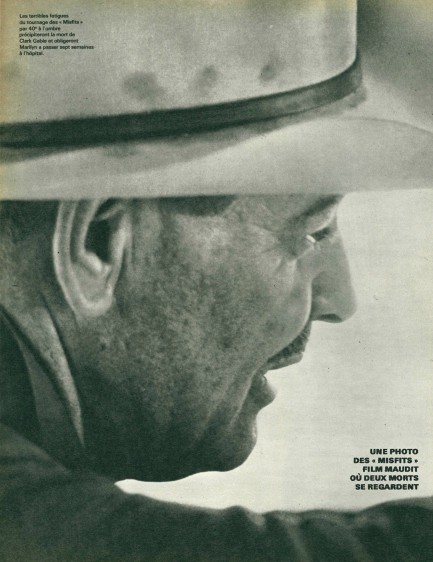
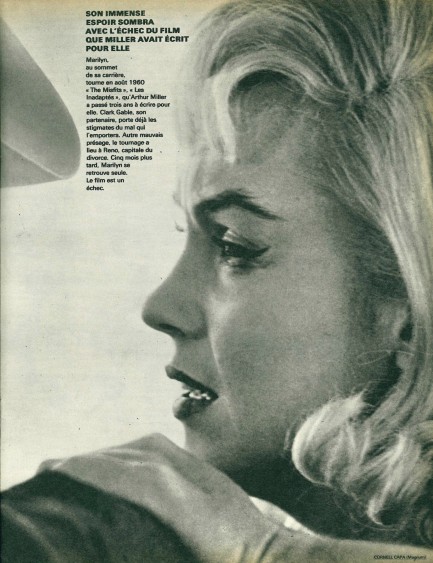
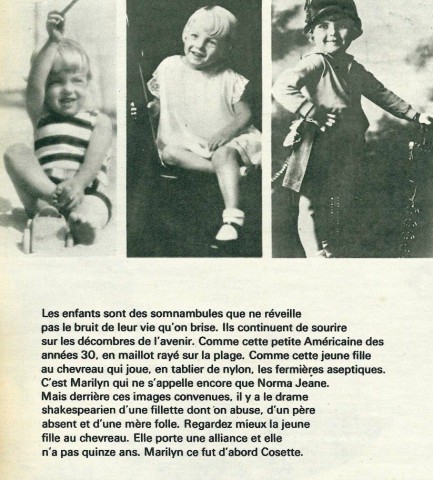
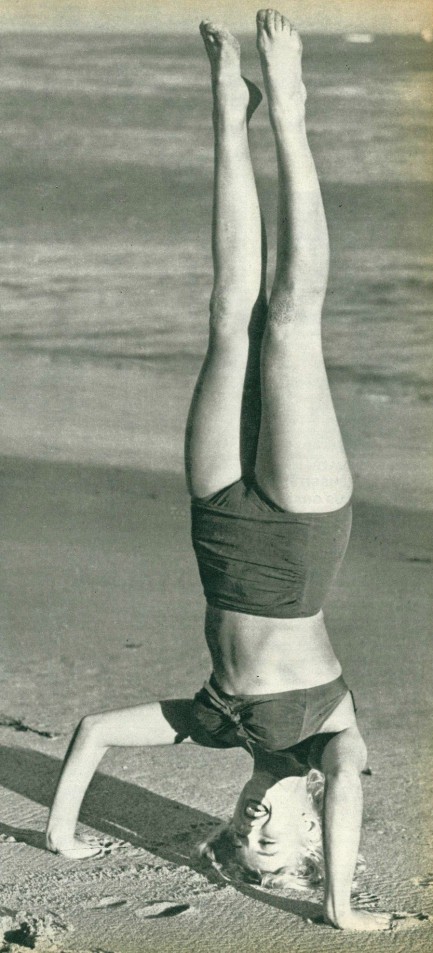
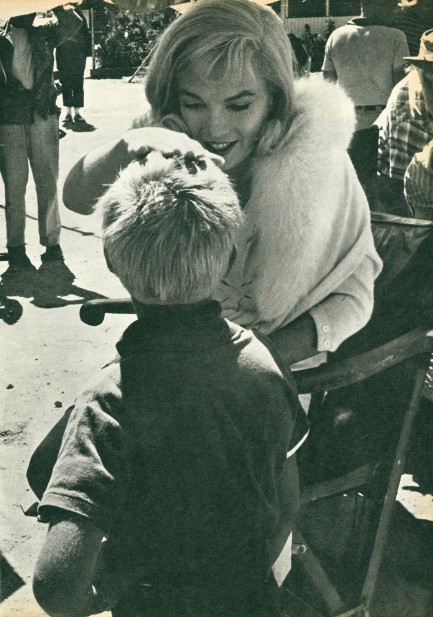
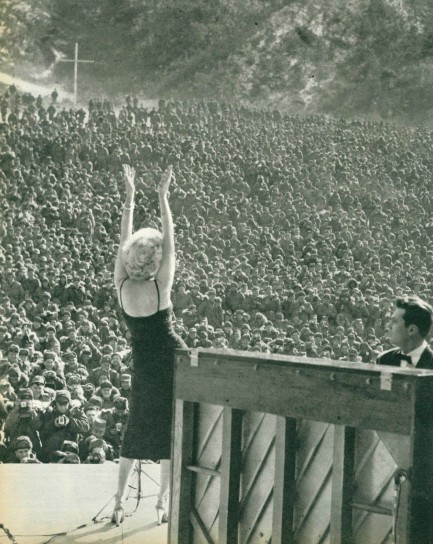
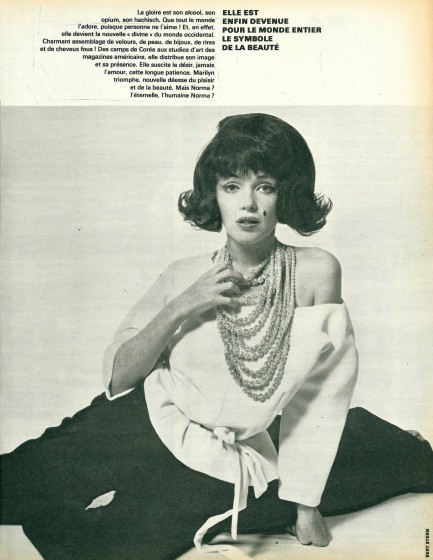
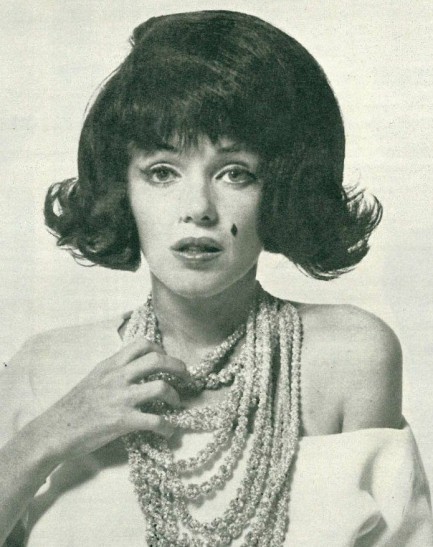

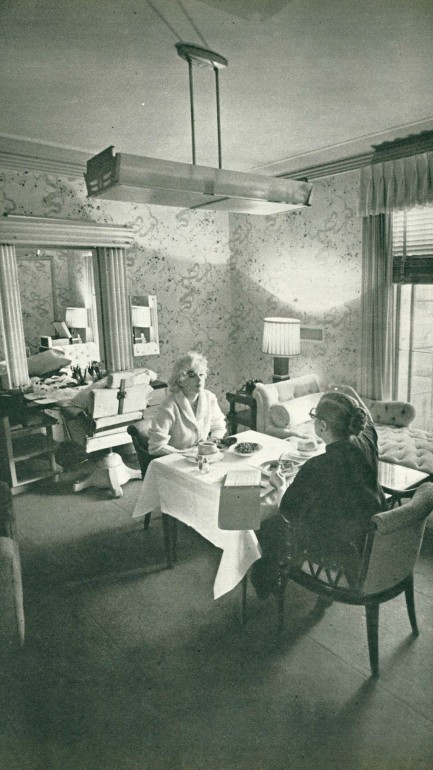


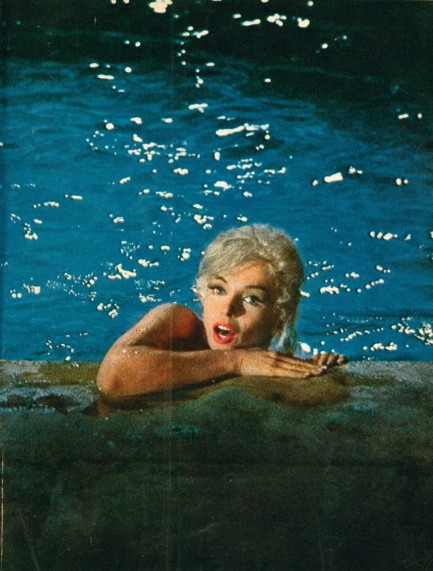
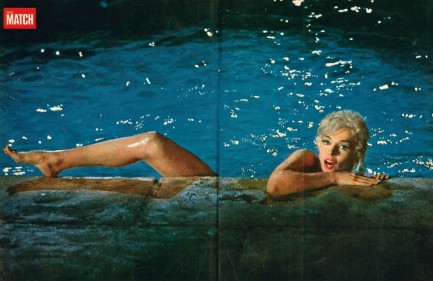
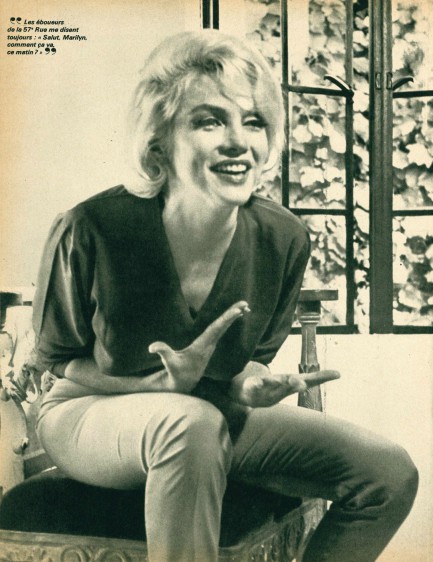
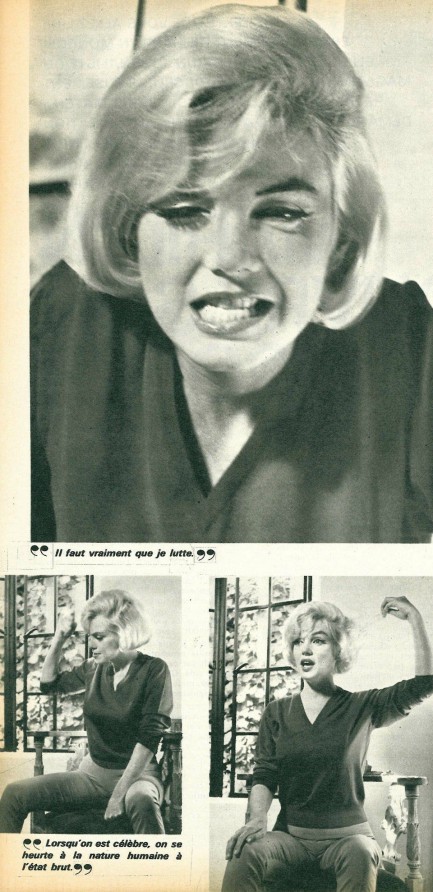
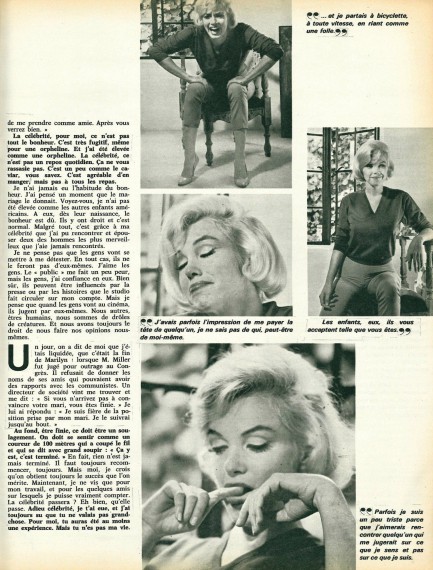
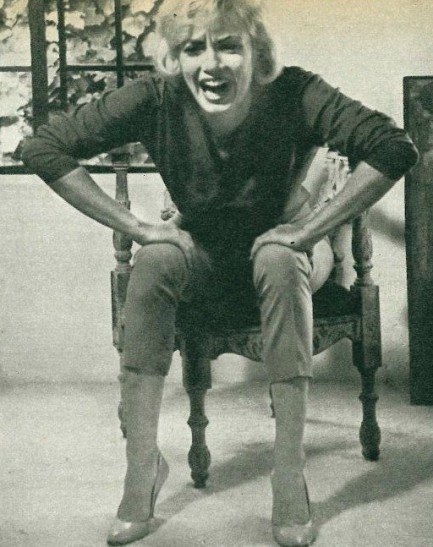

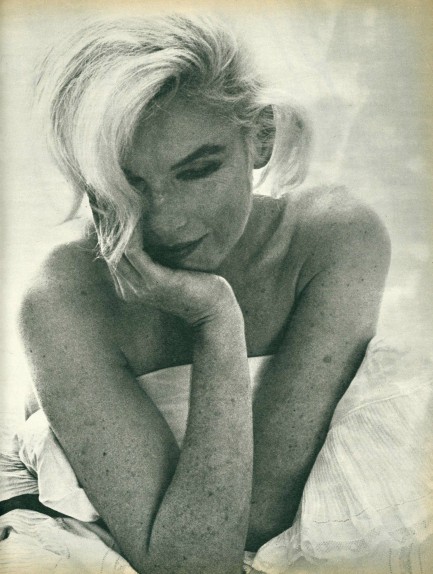
| Hollywoodland | Apr 11 2014 |

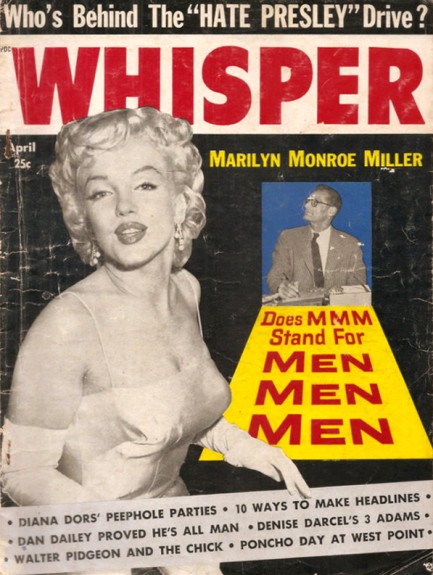
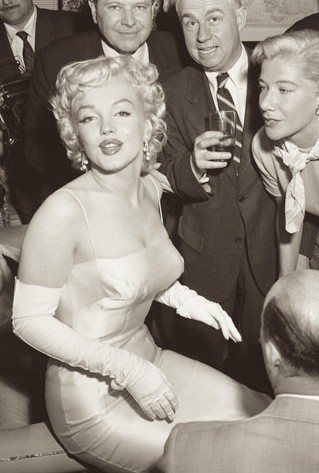 Reading about celebrities in these old tabloids is a bit like reliving their fame in real time, and in this Whisper published this month in 1957 we get to observe Marilyn Monroe in mid-career. You know that stage. It’s the one where she’s no longer a sparkling new star, but hasn’t yet earned the status of a venerable old treasure. It’s the stage where almost overnight the very editors who were partners in constructing the edifice of fame begin to take it apart brick and girder, with sledgehammers and blowtorches.
Reading about celebrities in these old tabloids is a bit like reliving their fame in real time, and in this Whisper published this month in 1957 we get to observe Marilyn Monroe in mid-career. You know that stage. It’s the one where she’s no longer a sparkling new star, but hasn’t yet earned the status of a venerable old treasure. It’s the stage where almost overnight the very editors who were partners in constructing the edifice of fame begin to take it apart brick and girder, with sledgehammers and blowtorches.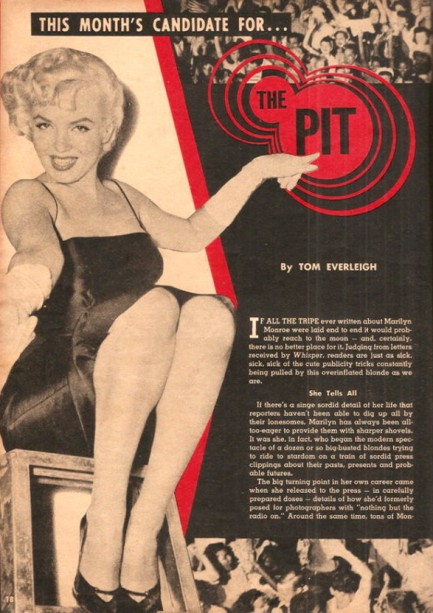
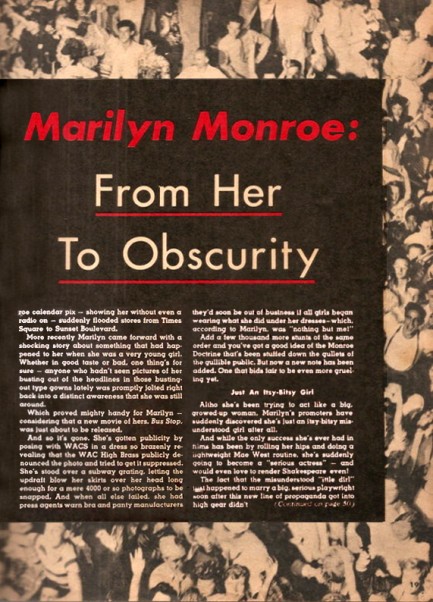
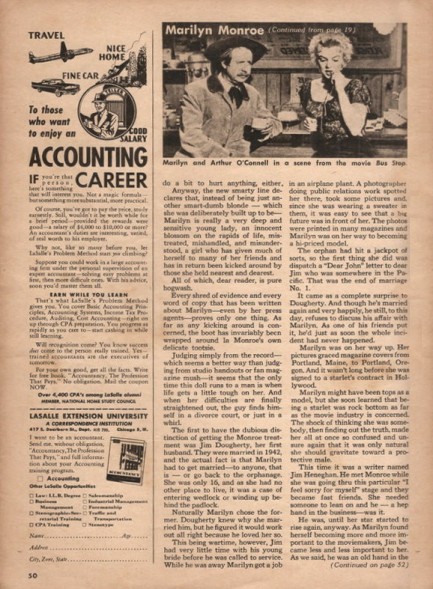
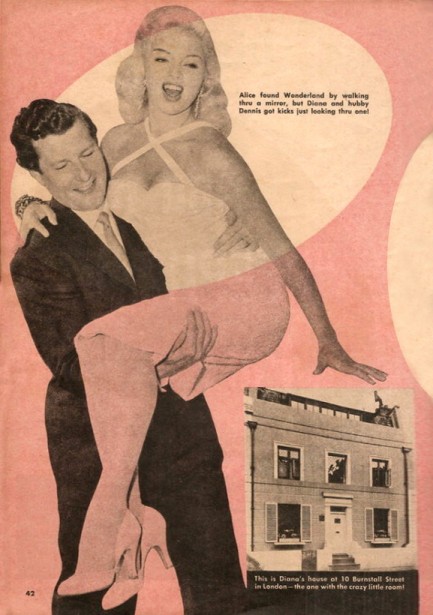
| Hollywoodland | Feb 4 2014 |

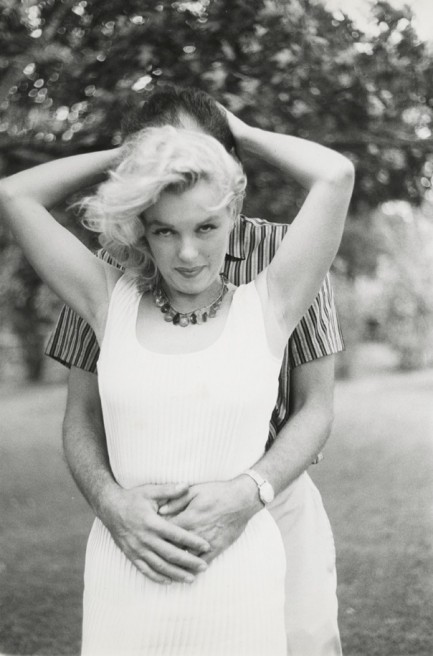
| Vintage Pulp | Jun 27 2011 |

The most difficult piece of human anatomy for an artist to master, so we've heard, is the hand. But pulp icon Rudolph Belarski was so good at hands that they were often the central element of his covers. Below are seven examples culled from around the internet showing his proficiency—indeed, flaunting his ability—in this area. And you can see an eighth handsome Belarski here.